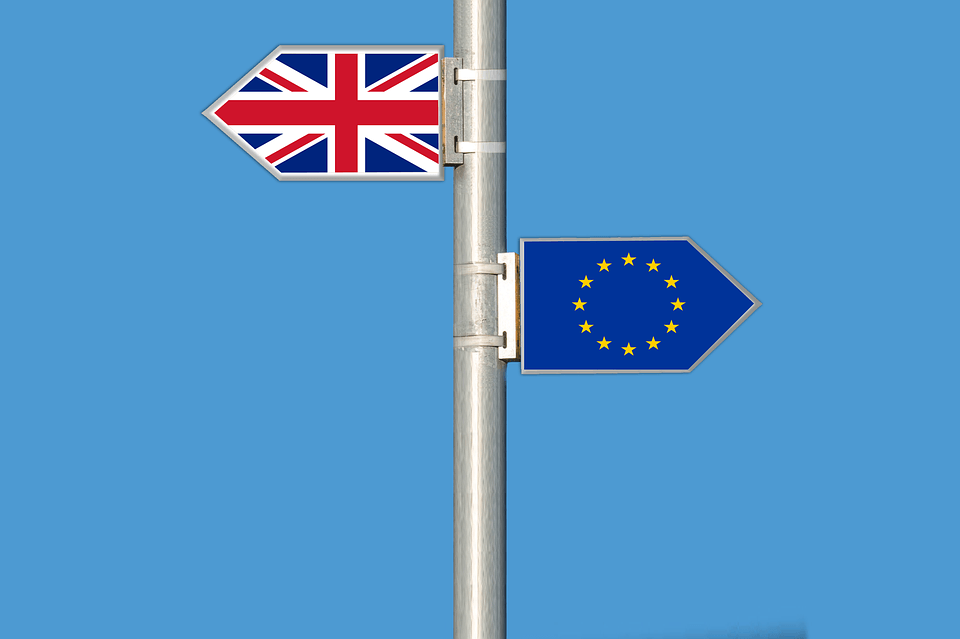By Andrew Glencross
Brexit is closing in, but how did we get here, and what will happen next?
Finally, 595 days after Theresa May informed the EU of the UK’s intention to leave, there is light at the end of the tunnel. The “tunnel”, in this case, is Brussels-speak for the intense round of Brexit meetings between senior civil servants.
Their work done, British politicians now have to give their verdict on the technical policy details enshrined in the 585-page draft withdrawal agreement. Now the deal has been agreed by cabinet, it needs the approval of UK MPs and each EU member state.
The politics of getting the deal through parliament are immensely fraught and the EU is hanging on a positive answer. The prime minister has weathered the resignation of senior ministers such as David Davis and Boris Johnson who objected to her negotiating stance, but her power remains fragile. It’s less than a week since Jo Johnson resigned as transport minister and called for a new referendum to decide the outcome of Brexit.
Now the deal has been rubber stamped by the cabinet, the institutional machinery in Brussels will whirr into action to secure formal approval from the EU27 countries. That consent is necessary to unlock the path to legally-binding ratification prior to the Brexit due date of March 29, 2019.
Tough road ahead
There is very little time for British procrastination. Businesses, the government, and the EU are close to implementing full-scale contingency plans for UK withdrawal without a deal. On November 13 the European Commission updated its guidance on preparing for the worst possible outcome. The UK’s own scenario planning for this eventuality includes stockpiling medicines and contracting ferries to guarantee essential supplies. Further delays raise the cost of taking these emergency measures.
Yet there are also good reasons to expect a tough time ahead for May. Desire for a deal that avoids a chaotic departure is counterbalanced by fear of being punished by voters for crafting an unpopular arrangement that dissatisfies both leavers and remainers. Or, as Jo Johnson memorably put it, the government is being forced to choose between the chaos of “no deal” and potential “vassalage” to a host of EU rules.
According to reports, the latter includes single market compliance for Northern Ireland and so-called “level playing field” measures. These would ensure that a UK-wide customs arrangement – a key UK request – with the EU does not allow the UK government to seek a competitive advantage by undercutting EU standards.
No guarantees
So how long can the EU wait for an answer? The EU’s original timetable sought a conclusion to Article 50 talks by the end of October 2018. There is practically no time left in the EU’s political calendar to postpone a Brexit decision. But the same is true of the UK: the prime minister has until January 21 to inform parliament of the impossibility of concluding a withdrawal deal. At that point EU no deal contingencies will have kicked in and May’s ability to remain in power extremely unlikely.
And what if UK support for the deal unravels once it is subject to scrutiny inside and outside parliament? An ominous precedent is May’s Chequers plan for frictionless trade, which obtained cabinet approval in July 2018, but at the cost of the resignation of the foreign secretary and Brexit secretary.
The prime minster nevertheless persevered via a sleight of hand: she ditched her Chequers plan in favour of a UK-wide customs arrangement with the EU. This will protect the export of UK goods and avoid a hard border on the island of Ireland. However, leaving the EU in order to form a new customs union opens the same can of worms that undid Chequers – the amount of control over UK economic policy that will be ceded to Brussels.
A cabinet-approved deal that fails to muster support in parliament presages a destabilising scenario with three future possibilities. Besides a disorderly withdrawal from the EU, parliament could legislate for a general election or a second referendum. These alternatives to a no-deal EU exit are unilateral measures and the time needed to organise either of these electoral expediencies conflicts with the legally-binding EU timetable for UK withdrawal.
A request to stop the clock and extend negotiations is only plausible if the EU knows what it gets in return. But there are no guarantees as to which government would be elected and what its stance on Brexit would be. Hence the most plausible reason for seeking a new EU concession would be in order to hold a second Brexit referendum.
There are no factual surprises left with the Brexit process. What will determine the fate of the withdrawal deal is whether it can be presented successfully as politically preferable to any alternatives.
This article was originally published on The Conversation and has been republished under a creative commons license. For the original, click here.
Andrew Glencross is a Senior Lecturer in Politics and International Relations at Aston University.
Disclaimer: The ideas expressed in this article reflect the author’s views and not necessarily the views of The Big Q.
You might also like:

